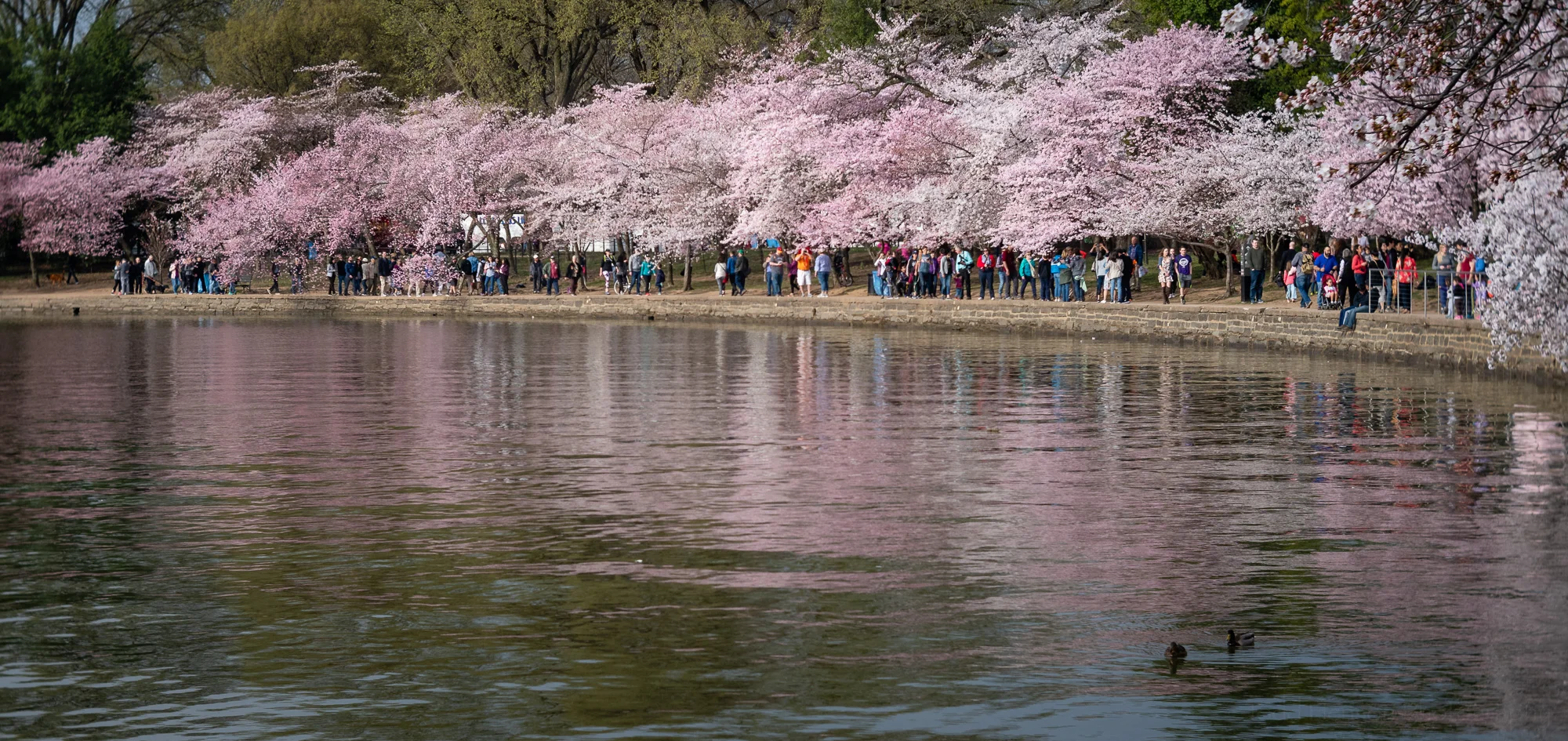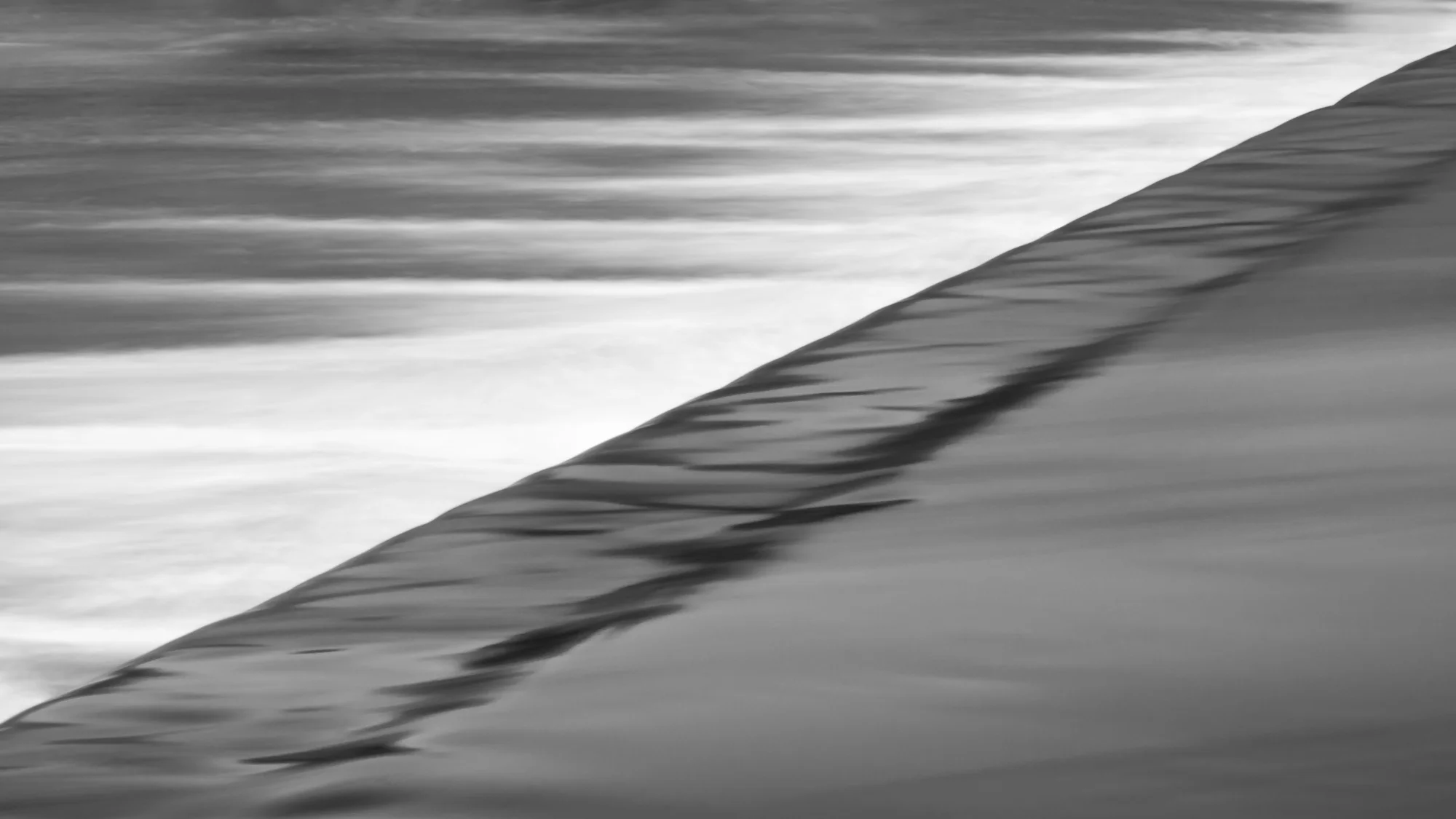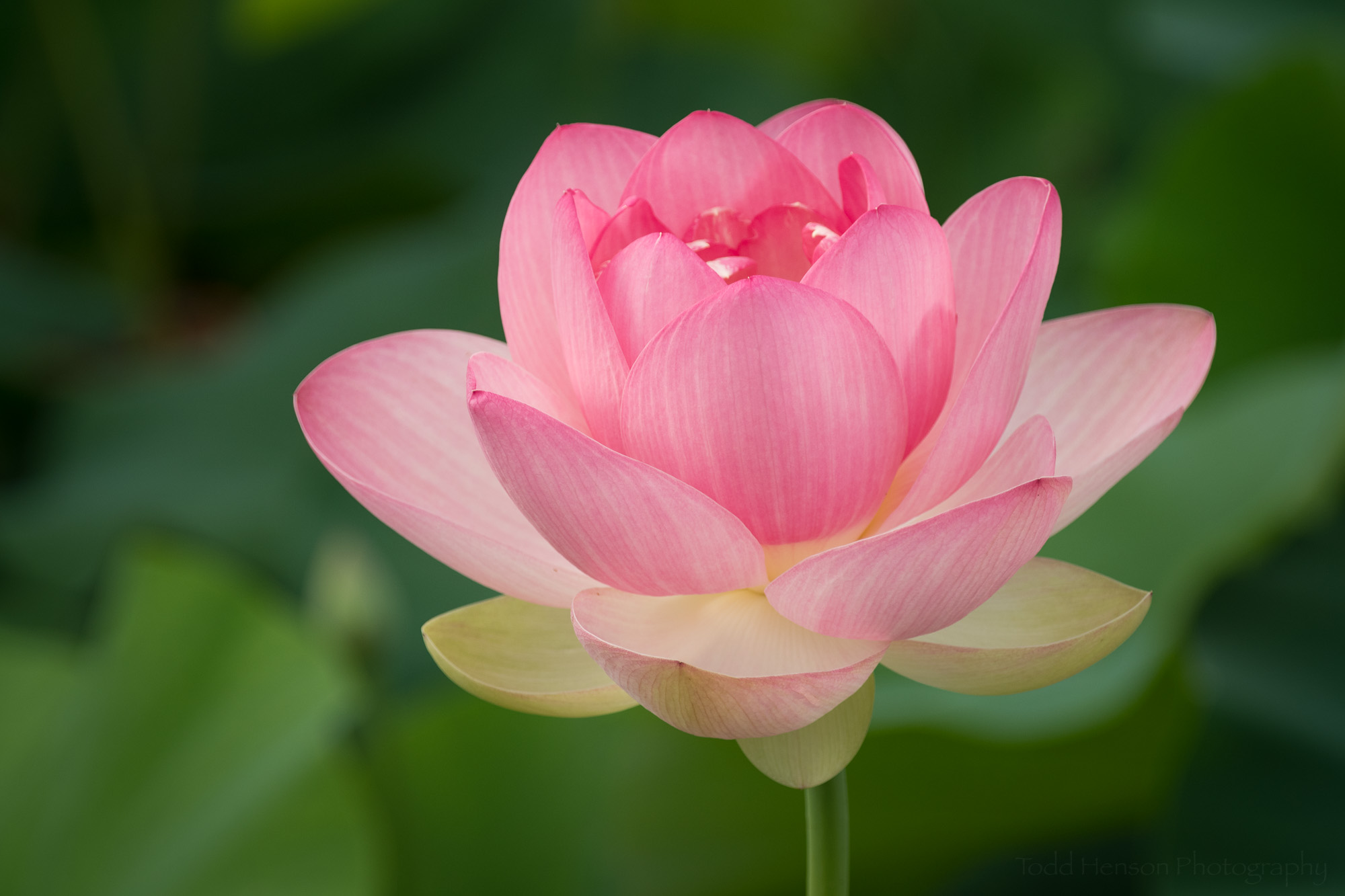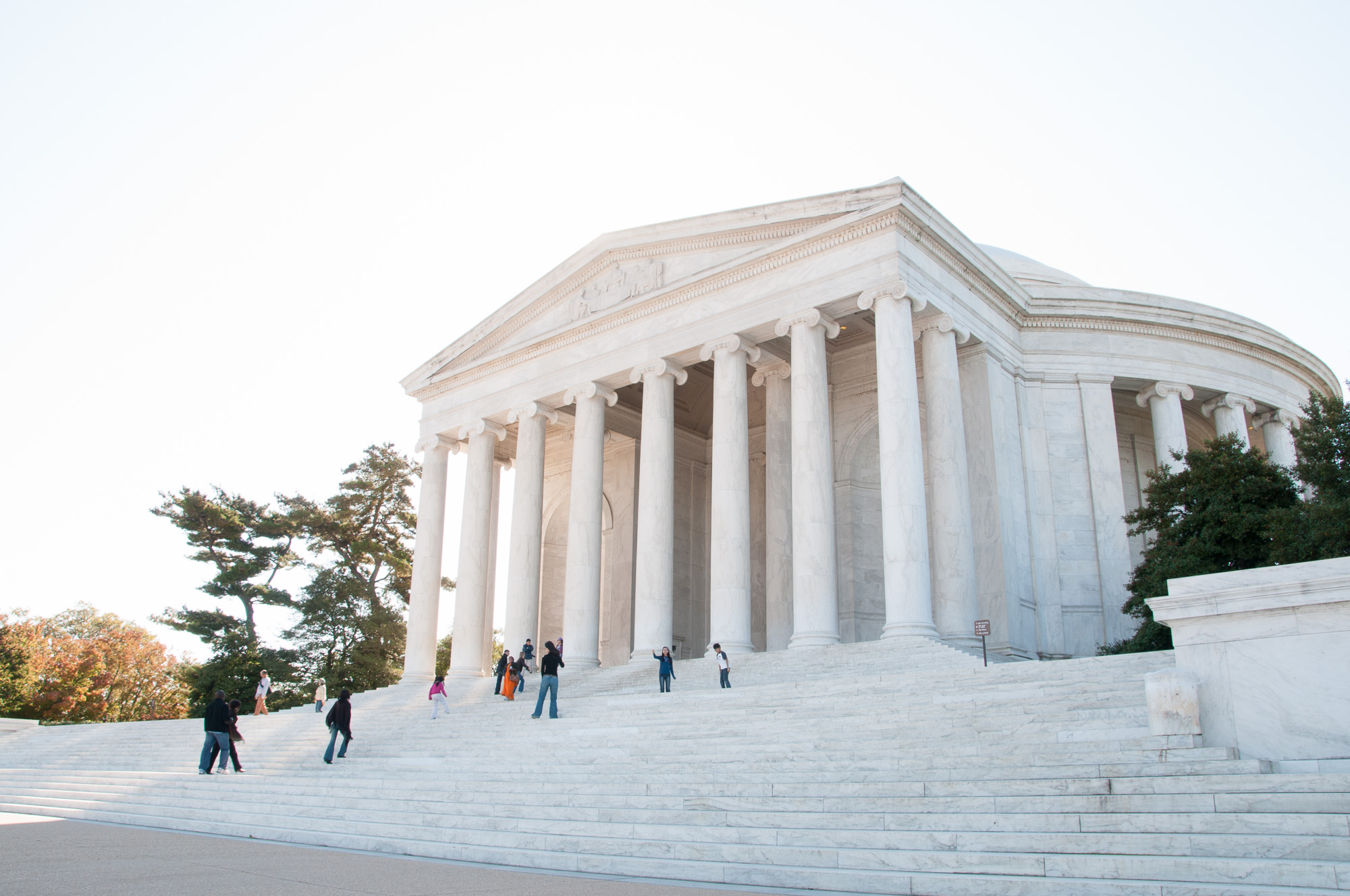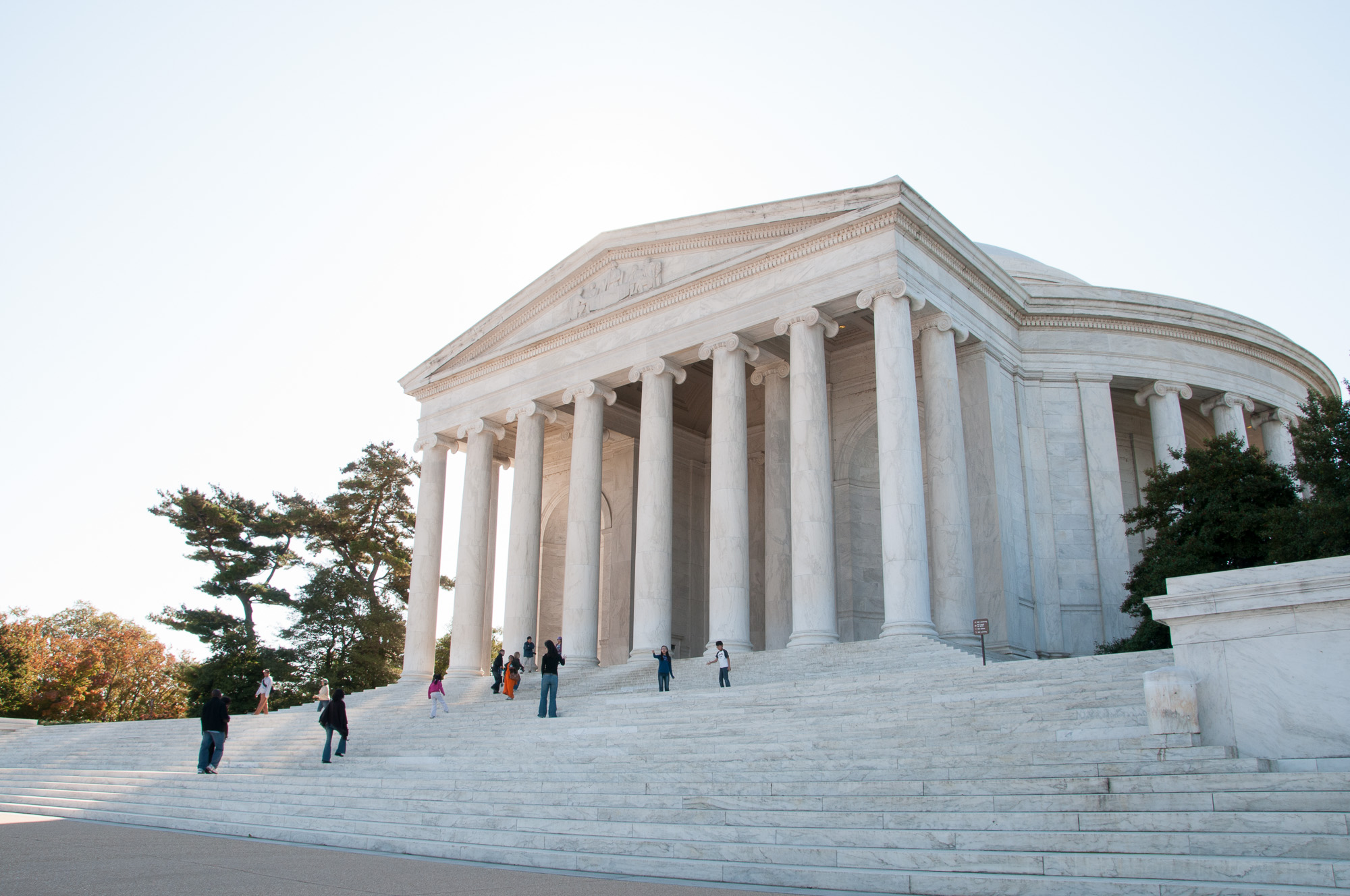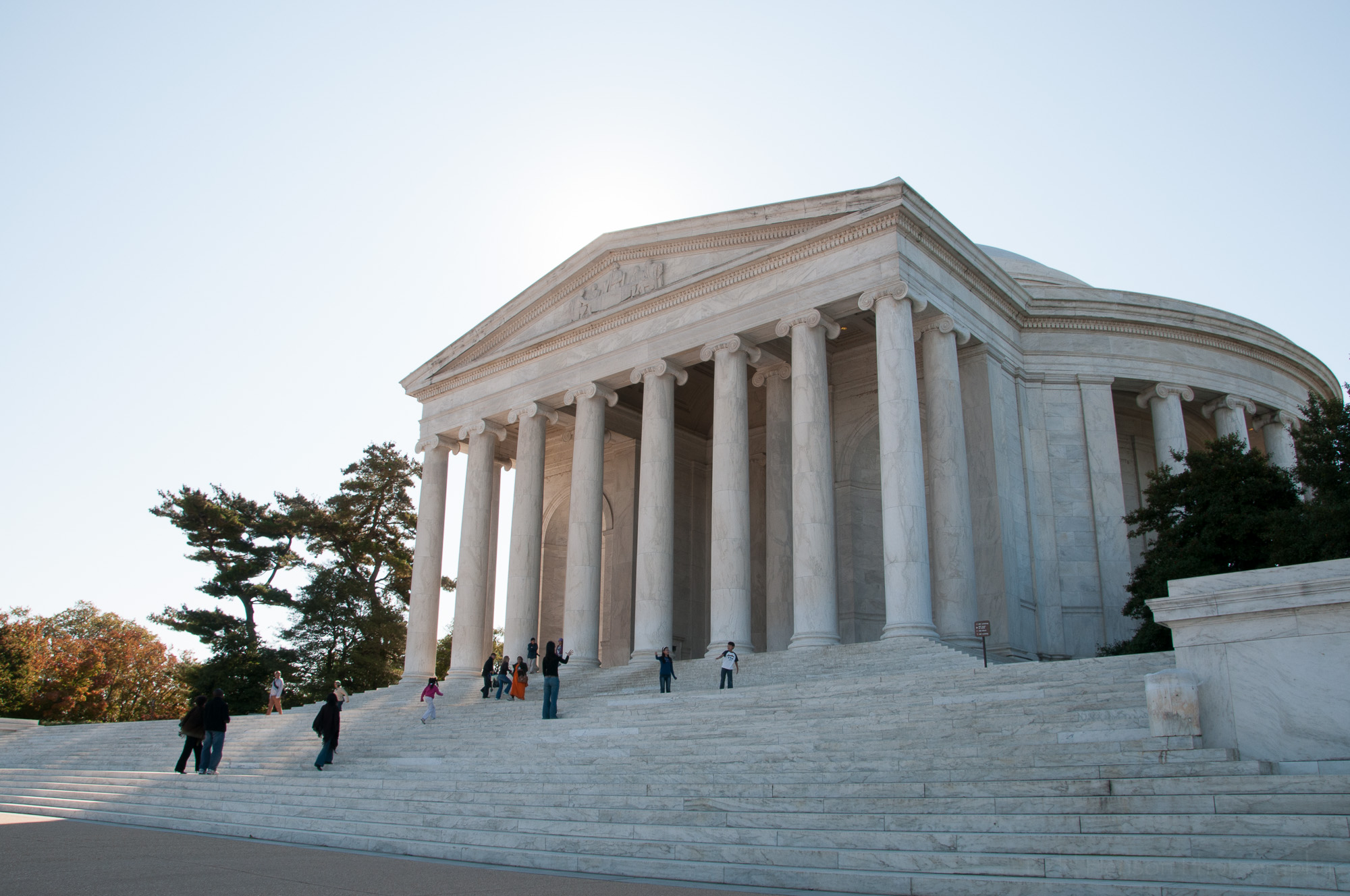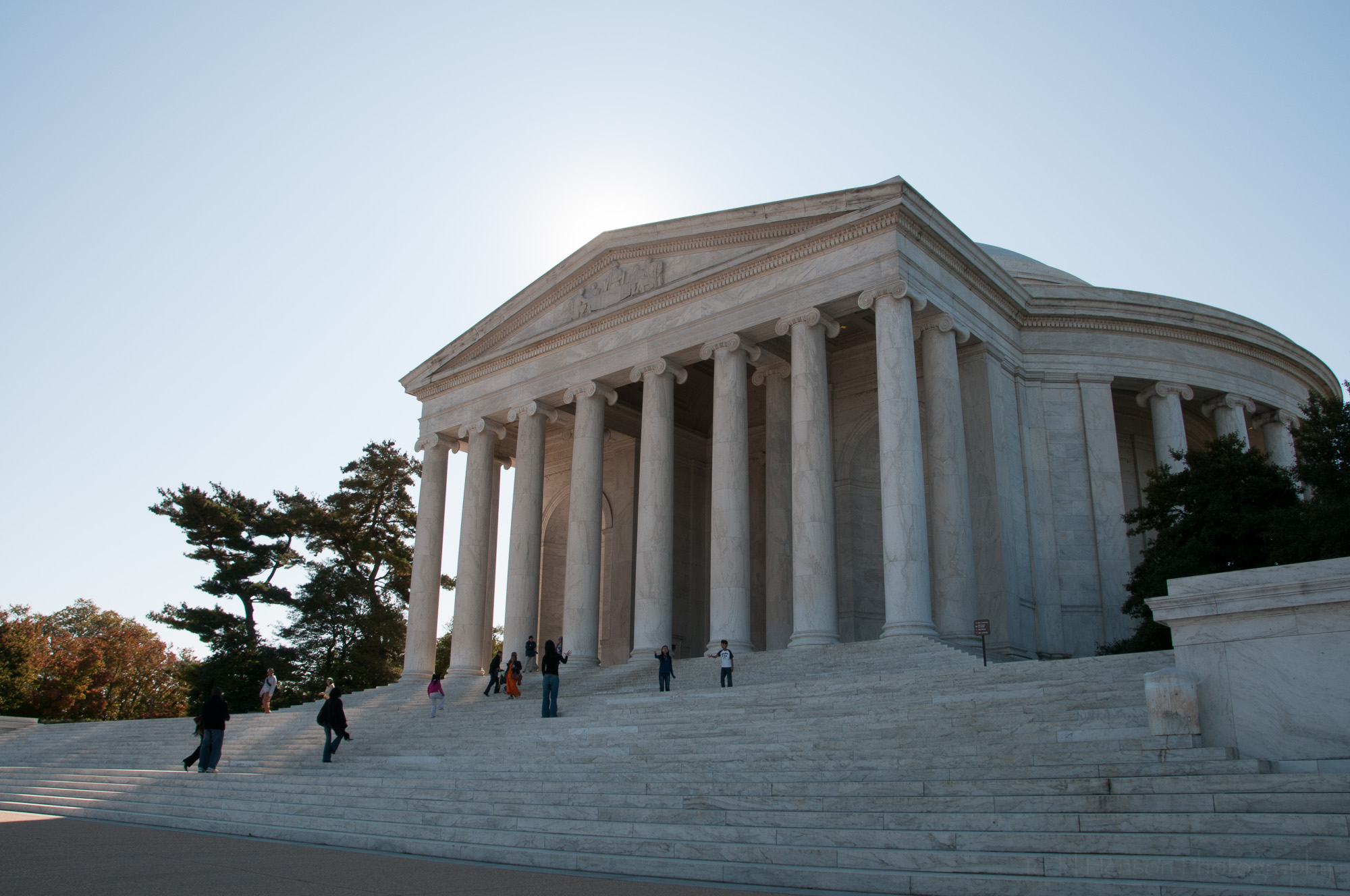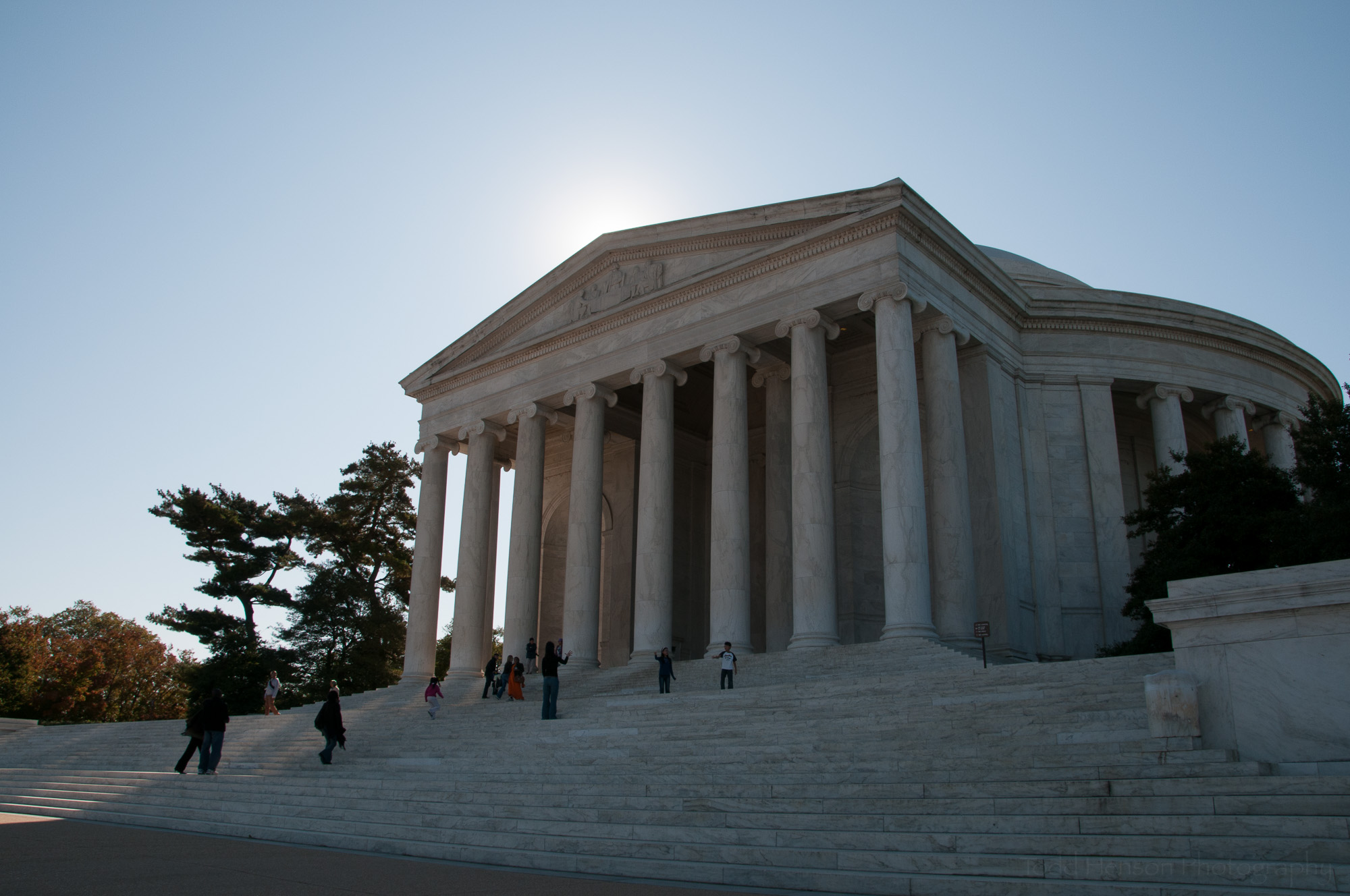Low angle view of the Washington Monument and the Reflecting Pool during the blue hour before sunrise.
Washington’s Birthday, also often called President’s Day, is a United States holiday recognizing George Washington, the first President of the United States, and the man who led this country through the Revolutionary War. He is considered the Father of the Country. George Washington was born on February 22nd, 1732. The holiday is celebrated the third Monday of February.
Vertical photo of the Washington Monument and a clear blue sky.
The day is considered President’s Day by many states, some to also honor Abraham Lincoln, the 16th President of the United States, and known as the Savior of the Country for his part in bringing an end to the Civil War and starting the healing and reconstruction that followed. He was born on February 12th, 1809.
To celebrate these birthdays I’m sharing a selection of photographs of the Washington Monument and Lincoln Memorial in Washington, D.C., which were built to honor these two United States Presidents.
The Washington Monument is a 555-foot marble obelisk located on the National Mall. If you draw lines from The White House and the US Capitol the Washington Monument resides at their intersection. It is very easy to locate from anywhere nearby. When it was completed in 1884 it was the tallest building in the world.
The Lincoln Memorial is located at the west end of the National Mall. It is a distinctive rectangular building with vertical columns all around it, and a statue of a seated Abraham Lincoln inside, visible from between the front columns. This memorial was completed in 1922.
Lincoln Memorial before sunrise.
“With the completion of the Lincoln Memorial in 1922, the east/west vista of the National Mall nearly was complete. The Reflecting Pool would be finished shortly thereafter and the visual connection between the Father of the Country and the Savior of the Country would be fulfilled.”
Black & white photo of the statue of Abraham Lincoln inside the Lincoln Memorial.
All but one of the photos in this post were created before sunrise on a cloudy day. This kept the background of Lincoln’s statue dark, as no light was leaking in from outside. And the two photos of the lit Washington Monument and the Reflecting Pool were creating during the blue hour, just before the sun begins to rise. You can see in these photos why it's called the blue hour.
One Capitol Morning: National World War II Memorial, bottom portion of Washington Monument, and US Capitol, all lined up with flags waving. (5 image HDR)
The photo above, One Capitol Morning, can be purchased as wall art or on a variety of products.
In the photo above I only showed the lower portion of the Washington Monument, but also included the US Capitol building in the distance and the National World War II Memorial in the foreground. There was enough wind to keep the flags extended, which adds a really nice touch. And the warm glow of color in the sky shows it was just before sunrise. You can see some early morning joggers and walkers on some of the paths. I used a telephoto lens at 200mm to compose the image, compressing the distance, allowing everything to appear closer together than it really is. I used an aperture of f/22 to assure everything was in focus, from the closer WWII Memorial to the distant Capitol building. The photo is actually a high dynamic range (HDR) image built from 5 separate photos with shutter speeds ranging from 1/8 to 1/60 of a second. The slower shutter speeds in some of the images is what causes the little bit of motion blur in some of the flags and people. I created the 5 exposures and processed them into an HDR to allow for a decent exposure on the buildings and memorials and to capture what color was left in the sky.
The vertical photo of the Washington Monument was created a little later in the morning, after the sun had fully risen, on a different day when the sky was clear of all clouds. I find it interesting to compare the flags in this image with that of the Washington Monument, US Capitol, and WWII Memorial. In the other image the wind was strong in a single direction, with all the flags fairly uniformly displayed. Whereas, the vertical image of the Washington Monument shows flags in a number of different directions from a more inconsistent wind. Little things like this can greatly affect how a finished image will look, so always stay aware of the weather and the changing environment.
Another view of the lit Washington Monument and Reflecting Pool during the blue hour. This photo was created a few minutes after the one at the top of the post, notice the sky has lightened a bit.
Do you enjoy these posts?
Sign up to receive periodic emails with updates and thoughts. Don’t worry, I won’t spam you. And please consider purchasing artwork or products from my online store, and using my affiliate links in the sidebar to the right when shopping online.
I appreciate your support!







